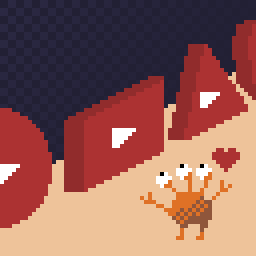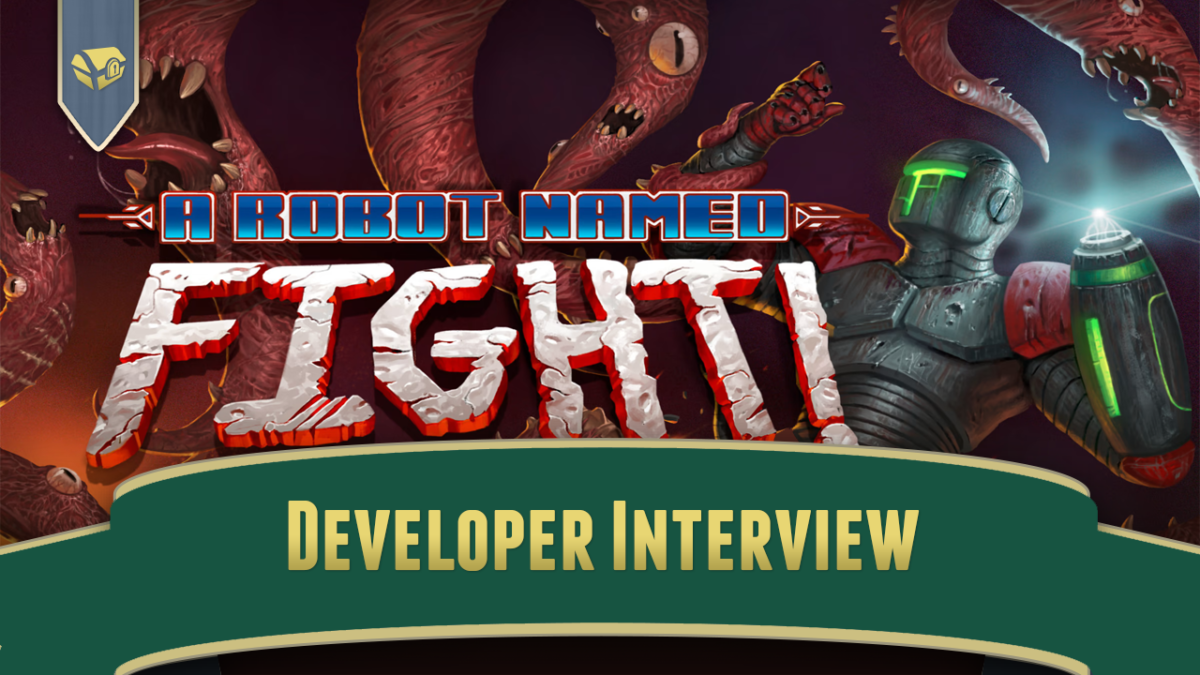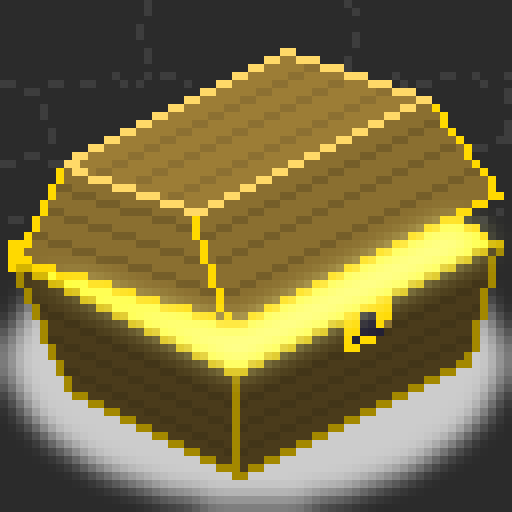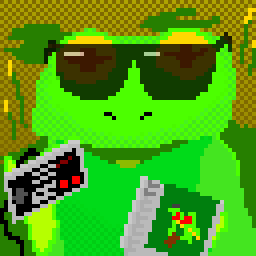A few years ago the Homestar Runner guys got a sweet gig for a while making content for Disney. I think some of it was broadcast on Actual Television, but all of it, I think, is currently on Youtube, minus one video that seems like it was taken down for some reason. (I don’t know which one that was.)
None of the characters from the Homestariverse appear there, and because they’re all owned by The Mouse none of the many Two More Eggs characters are likely to get cameos on those few future occasions that HR updates in the future. But in the series there’s still around 90-or-so fun short videos to watch there of a very Homestar-ish kind of humor. Among them are Eggpo, the story of a couple of alternate-universe Goomba-like enemy minions just trying to do their simplistic jobs in a video game world.
We at Set Side B are in it for the long haul, so I feel there’s no reason to stuff all the Eggpo shorts (around seven) in one post. So here is just the first chapter… of the saga… of Eggpo.






